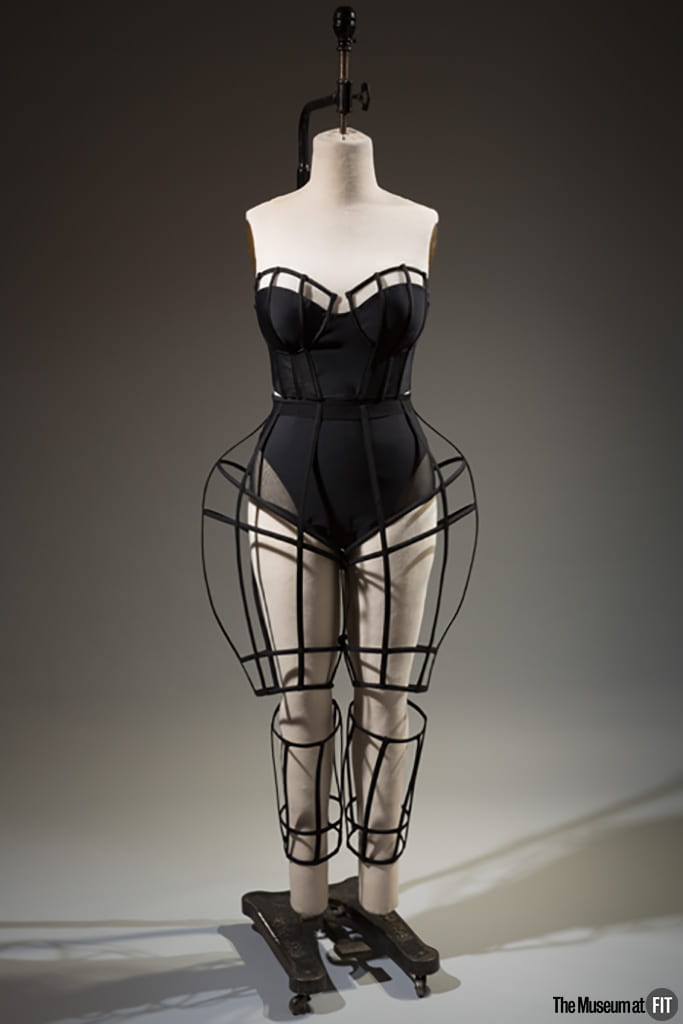Tag Cultural History
By Contributing Writer Sarah Pickman For those with an interest in fashion history, springtime in New York City heralds the opening of The Metropolitan Museum of Art’s annual summer Costume Institute exhibition. The Costume Institute show (this year’s is “Camp:… Continue Reading →
By guest contributor Albert Hawks, Jr. In June 1938, editor Jack Leibowitz found himself in a time crunch. Needing to get something to the presses, Leibowitz approved a recent submission for a one-off round of prints. The next morning, Action… Continue Reading →
by guest contributor Tess Goodman The souvenir is a relatively recent concept. The word only began to refer to an “object, rather than a notion” in the late eighteenth century (Kwint, Material Memories 10). Of course, the practice of carrying a… Continue Reading →
by guest contributor Agnieszka Smelkowska At first, Russian TV surprises and disappoints with its conventional appearance. A mixture of entertainment and news competes for viewers’ attention, logos flash across the screen, and pundits shuffle their notes, ready to pounce on any… Continue Reading →
by guest contributor Joel S. Davidi It is late March and the weather is still cold. The sounds of Arabic music and exuberant conversation emanate from an elegant ballroom in Brooklyn New York. No, it’s not a wedding or a… Continue Reading →
by guest contributor Sarah Bendall Our everyday lives are surrounded by objects. Some are mundane tools that help us with daily tasks, others are sentimental items that carry emotions and memories, and others again are used to display achievements, wealth… Continue Reading →
by contributing editor Spencer J. Weinreich Quentin Skinner is a name to conjure with. A founder of the Cambridge School of the history of political thought. Former Regius Professor of History at the University of Cambridge. The author of seminal… Continue Reading →
by guest contributor William Stewart Consider the oeuvre of the German filmmaker, writer, theorist, and general aesthete Alexander Kluge (b. 1932), and the word indefatigable springs to mind. The scale of Kluge’s work—thematics as much as sheer expanse and literal… Continue Reading →
by guest contributor Rob Koehler Like a lot of college students today, Daniel Tompkins (1774-1825) spent much of his four years at the newly named Columbia College [now University] writing essays. Foreshadowing his later political commitments as New York Governor… Continue Reading →


